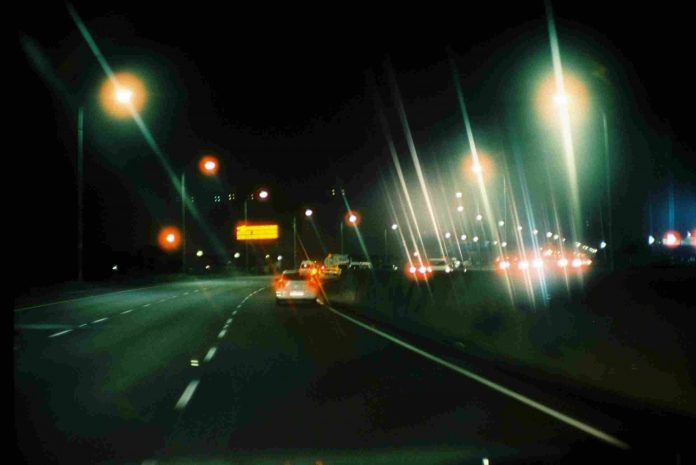The Rise of the Passenger-Driver
As cars become increasingly automated, drivers are shifting from hands-on controllers to part-time passengers. Semi-automated vehicles (SAE Level 3 and above) allow drivers to engage in non-driving tasks—reading, scrolling, or watching movies—while the car handles the road. But there’s a catch: more passengers, especially those absorbed in screens, are prone to car sickness.
A new study by Metzulat et al. (2025) asks an urgent question: Does feeling queasy behind the wheel compromise your ability to take over control of a vehicle?
How the Study Worked
Researchers recruited 33 participants for a wizard-of-Oz test-track study. Each participant experienced:
- Car sickness condition: A dynamic simulated automated drive while performing a non-driving task (maze game) to induce nausea.
- Baseline condition: The same drive without induced sickness.
In both scenarios, participants faced four takeover requests followed by driving challenges: emergency braking, target braking, free-speed slalom, and a 25 km/h slalom. Both subjective perceptions (how fit participants felt to drive) and objective metrics (reaction times, braking precision, slalom performance) were measured.
The Queasy Reality vs. Reality
The results revealed a striking mismatch between perception and performance:
- Subjective experience: Participants felt significantly impaired, reporting lower fitness to drive and more stressful takeover experiences. The severity of nausea strongly correlated with how unsafe they felt (r = 0.601, p < 0.001).
- Objective performance: Despite feeling unfit, participants’ reaction times, braking accuracy, and slalom handling were not significantly affected. Interestingly, they even drove faster under car sickness conditions, contradicting their own intentions to slow down.
In other words, participants believed they were compromised, but the data showed they were still capable of performing critical driving tasks effectively.
What This Means for Drivers
The study suggests car sickness may be more of a comfort issue than a safety threat in controlled takeover situations. However, the psychological impact cannot be ignored: feeling queasy could make drivers hesitant or anxious, which in real-world conditions—traffic, unexpected obstacles, or prolonged drives—might delay critical reactions.
For example, a driver may feel dizzy or nauseated while attempting to brake or swerve, focusing more on physical discomfort than on the driving task, even if their objective reaction speed is unaffected.
The Bigger Picture
As automated vehicles become mainstream, understanding human factors is just as important as advancing technology. Designers and regulators may need to:
- Consider driver state monitoring for nausea or discomfort.
- Adjust takeover alerts to account for subjective impairment.
- Educate drivers on the difference between perceived and actual driving performance.
Longer, real-world studies are still needed to fully understand how sustained car sickness interacts with everyday driving and complex traffic scenarios.
Bottom Line
Car sickness is a new “driver state” emerging with automated vehicles. While it feels alarming, Metzulat et al. (2025) show that objective takeover performance remains largely intact in controlled settings. Comfort may be reduced, but safety, for now, appears less compromised—offering both reassurance and a reminder that the human experience behind automation matters as much as the technology itself.
Reference
Metzulat, M., Metz, B., Landau, A., Edelmann, A., Neukum, A., & Kunde, W. (2025). Still fit to drive? Effect of car sickness on takeover and driving performance – A test-track study. Transportation Research Part F: Traffic Psychology and Behaviour, 114, 1223-1240. https://doi.org/10.1016/j.trf.2025.07.023
